The Charms of Japanese Curry
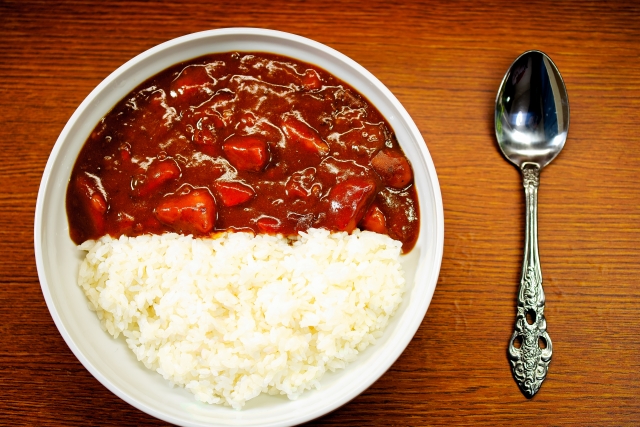
Japanese curry has its own unique style, setting it apart from Indian and Thai curries.
Characteristically, the curry base is rich and thick, with an excellent balance of sweetness and spice.
In Japan, the dish is commonly known as "curry rice (curry and rice)," where the curry base is poured over rice.
Many Japanese love this style because the flavor of curry blends perfectly with rice, a staple food of the country.
Japanese curry is generally perceived as a home-style dish and is enjoyed by people of all ages, from children to adults.
The Uniqueness of Japanese Curry Compared to Other Countries
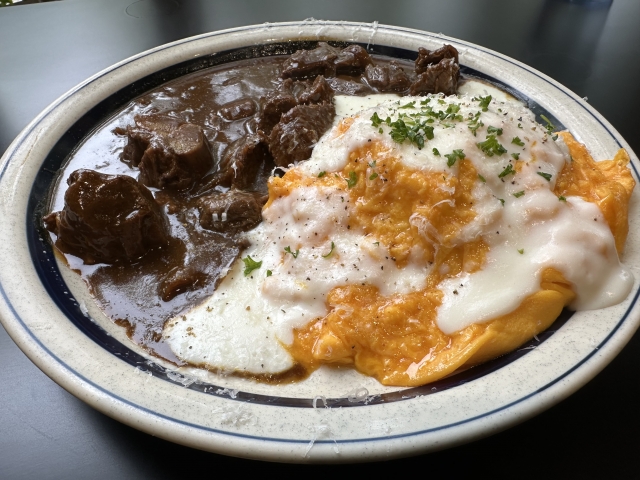
Japanese curry rice is a dish that has evolved in a completely different way from traditional Indian or Thai curry. While its roots can be traced back to Indian-style curry introduced via the UK, it has undergone unique adaptations in Japan. Today, it is so beloved that it is often referred to as Japan’s "national comfort food."
How Do the Flavors and Styles Differ?
Indian curry is known for its rich and varied use of spices, with distinct flavors depending on the region. It tends to be oily and is commonly enjoyed with naan or chapati. Thai curry, on the other hand, is creamy and aromatic thanks to coconut milk, and pairs beautifully with rice.
In contrast, Japanese curry typically uses a solid curry base known as roux. It is thick, mild, slightly sweet, and has a comforting, home-cooked flavor. The most common ingredients include potatoes, carrots, onions, and meat—simple and familiar components. It is usually served over white rice, making for a hearty one-plate meal.
Why Has Curry Become a Staple in Japanese Homes and School Lunches?
One key reason Japanese curry became a household staple is its ease of preparation. The development of curry roux products made it simple for even novice cooks to make delicious curry at home, helping it spread rapidly as a go-to home-cooked dish.
Additionally, since the Showa era, curry has been widely served in school lunches. This early exposure helped curry become a nostalgic, beloved flavor for generations. Its well-balanced nutrition and easy-to-eat nature have made it a favorite across all age groups.
Experiencing Curry at Home in Japan
When visiting Japan, you don’t have to limit yourself to eating curry at restaurants—trying to cook it yourself can be a fun and memorable experience. There are many enjoyable ways to explore homemade Japanese curry.
Types of Store-Bought Curry Roux and Recommendations
Japanese supermarkets and convenience stores carry a wide variety of curry roux brands. Popular options include "Vermont Curry," "Java Curry," and "Golden Curry," with spice levels ranging from mild to extremely hot. These products are shelf-stable and easy to carry, making them ideal souvenirs.
Try Cooking Curry Yourself at Guesthouses or Hotels with Kitchens
If you're staying in a place with kitchen facilities, why not try cooking Japanese curry during your trip? The ingredients are easy to find, and the cooking process is simple. It’s a great way to engage with Japanese food culture on a deeper level through hands-on experience.
Join in on Japan’s Curry Party Culture
In Japan, hosting a "curry party" with friends or family is quite common. Since curry can be made in large quantities using just one pot, it’s a popular choice for home gatherings. People often enjoy customizing the dish with different ingredients and toppings to create their own original versions. If you have the chance to connect with Japanese friends, joining in on curry-making together is highly recommended!
Recent Trends
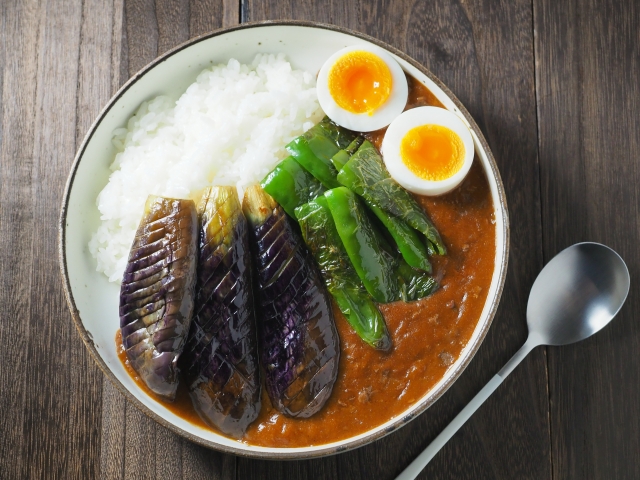
In recent years, curry has become increasingly diversified in Japan.
Not only traditional "curry rice" but also different styles of curry, such as Indian curry, soup curry, and European curry, are gaining popularity.
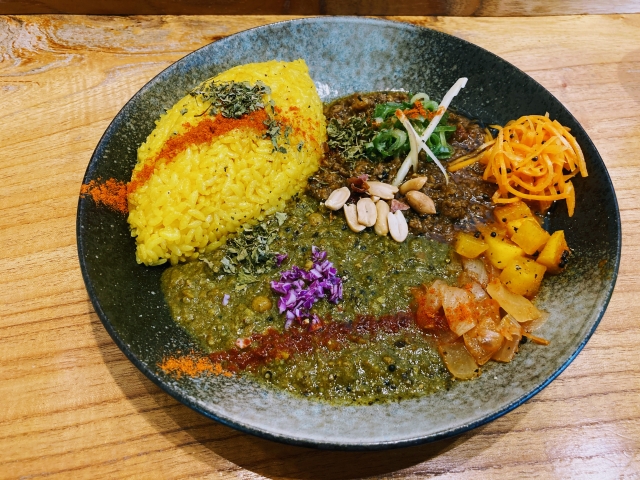
Local curries with regional characteristics have also emerged, delighting curry lovers.
Furthermore, the increase in curry specialty restaurants has made it easier to enjoy authentic curry using specialized spices and ingredients.
This spread of diverse curry culture has attracted people from Japan and abroad.
How to cook
Japanese curry rice is a little different from typical Indian or Thai curry.
The following ingredients are often used in Japanese curry:
Onions
A large amount is used to bring out the sweetness of the curry
Carrots
Add color and a hint of sweetness
Potatoes
Add the enjoyable crunchy texture of potatoes
Meat
Pork, beef or chicken is used, depending on the family's preference.
The way of making Japanese curry rice has several characteristics.
Use of roux
Japanese curry is usually made with a store-bought curry roux.
This makes it easy to enjoy authentic curry at home.
Cooking time
Slow cooking of the ingredients results in overall tenderness and allows the flavors to soak in.
Thickness
Japanese curry is not soupy, but rather has a thick, stew-like finish.
This thickness is added with curry roux or flour.
How to eat
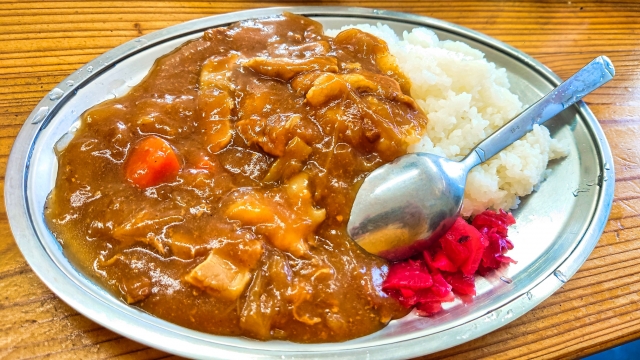
Japanese curry can be enjoyed with a variety of toppings.
Below are some of the most popular ones:
Fukujin-zuke
Red pickles (typically made with daikon Japanese raddish or cucumber), which soothe the curry’s spiciness
Rakkyo
Crunchy Japanese scallions pickled in sweet vinegar that pair perfectly with curry
Soft-boiled egg
A half-boiled egg can be placed on top for a mellow flavor
Katsu
Katsu curry is a hearty curry topped with a slice of freshly deep-fried tonkatsu (pork cutlet)
The wide variety of toppings is another charm of Japanese curry.
Add cheese on top or seasonal vegetables to create your own favorite curry.
Types
Katasu Curry (Curry with Pork Cutlet)
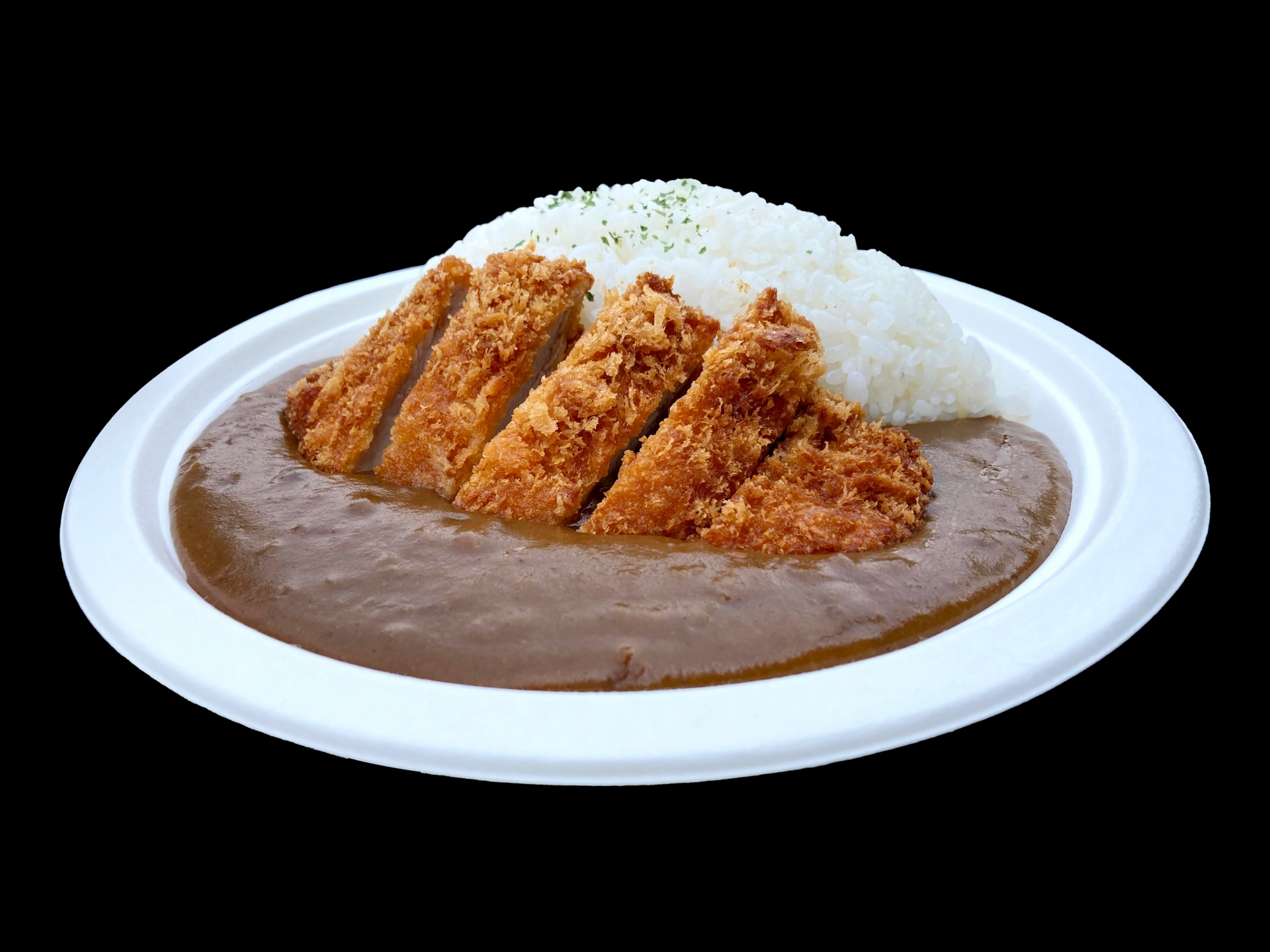
A luxurious curry topped with freshly deep-fried tonkatsu.
The dish is generous in volume and highly satisfying, with the cutlet's crispiness and the curry's thickness creating a perfect harmony.
Katsu curry can be easily prepared by making curry and rice, deep-frying the pork cutlet, and placing it on top of the curry.
In addition to pork, chicken or beef is also used for the cutlet.
Pouring a little tonkatsu sauce over the cutlet changes the taste for even more enjoyment.
Soup Curry
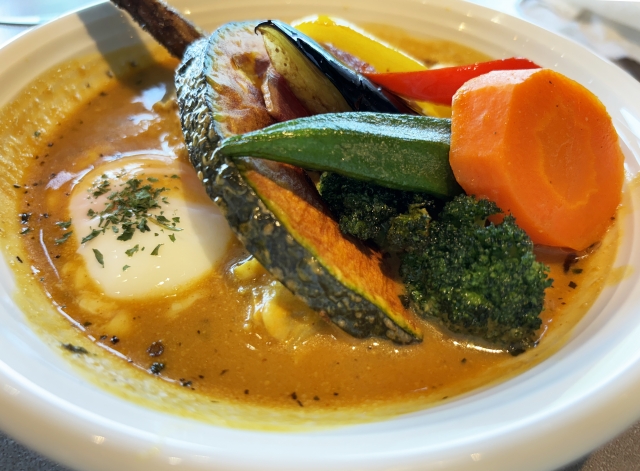
This soup-like curry originated in Hokkaido.
In this curry, the spicy soup and ingredients are enjoyed separately.
The ingredients include boned chicken and chunky vegetables, which makes it a satisfying meal.
Soup curry is prepared by making a spicy soup with simmered chicken and vegetables, serving the ingredients separately.
The spiciness of the soup is adjustable, and people often adjust the spiciness to their preference.
Indian Curry
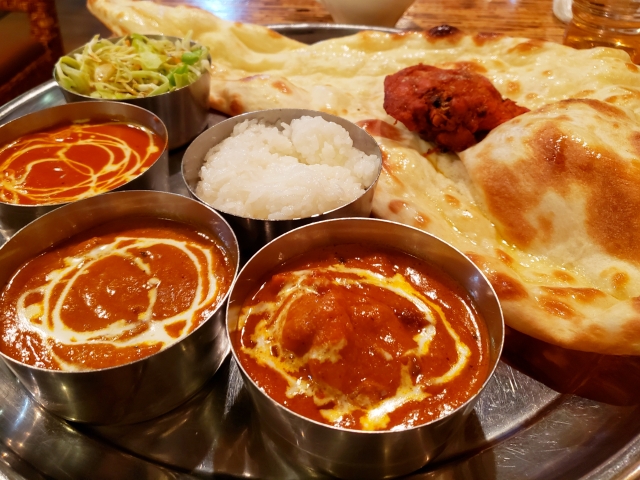
Indian-style curry with authentic spices.
It is usually enjoyed with naan bread or rice, and its variety of spices creates a complex flavor.
Spices such as cumin, coriander, and turmeric are used to make the curry base, which is then flavored with yogurt and coconut milk for an authentic taste.
Many Indian curries are made with chicken or beans, and are even more delicious when enjoyed with raita (yogurt sauce) and pickles.
Keema Curry
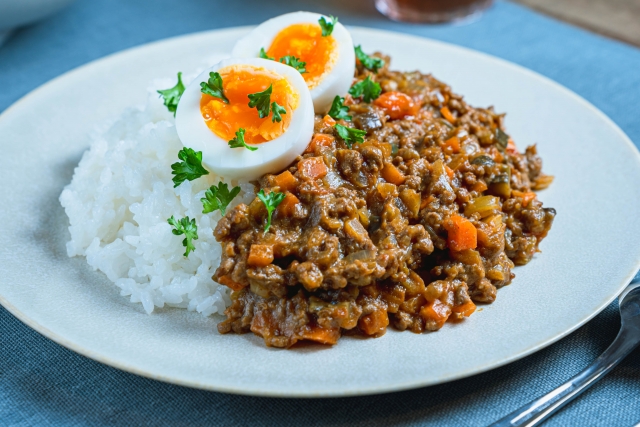
A curried pilaf made with ground meat.
Keema curry is characterized by its spicy, rich flavor, which blends the sweetness of tomatoes and onions with the pungency of spices.
The dish is prepared by sautéing ground meat, adding onions, garlic, and ginger, seasoning with spices, and simmering to remove moisture.
Beef, pork, or chicken is used for the ground meat, and it is usually served over rice.
Topping with a raw egg or cheese makes it even more delicious.
Local Curries
Yokosuka Kaigun Curry (Kanagawa Prefecture)
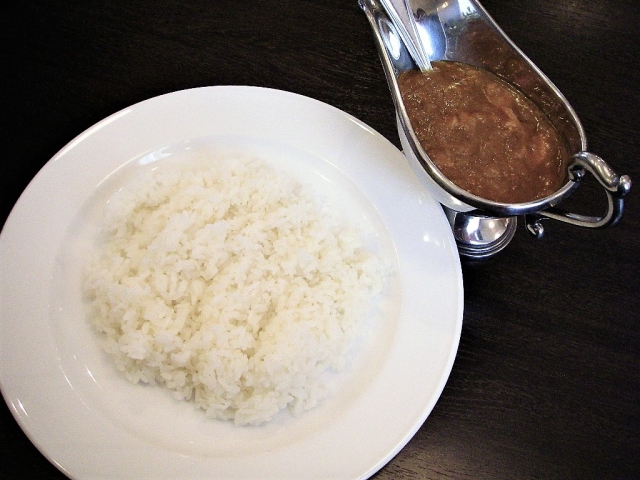
This curry was developed during the Meiji era as a naval meal with nutritional balance in mind.
It is characterized by its generous amount of meat and vegetables with salad and milk served on the side.
The dish is made by simmering onions, carrots, and potatoes in a base of beef or chicken, often using a store-bought roux.
Kanazawa Curry (Ishikawa Prefecture)
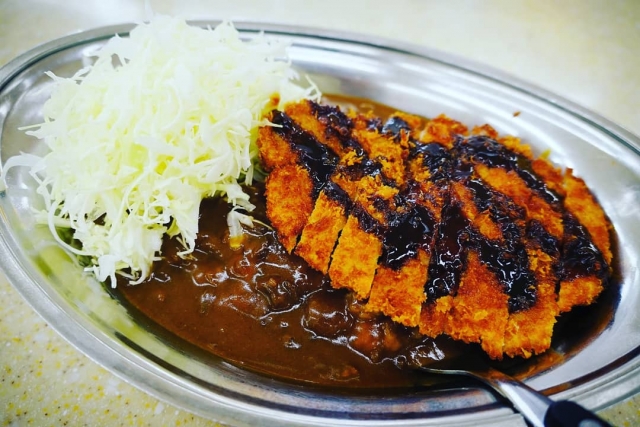
This curry features a rich, thick curry base.
It is served on a stainless steel plate with shredded cabbage, and is usually eaten with a fork rather than a spoon.
The curry base is made thick, topped with deep-fried food (often pork cutlet), and served with shredded cabbage.
Kanda Curry (Tokyo)
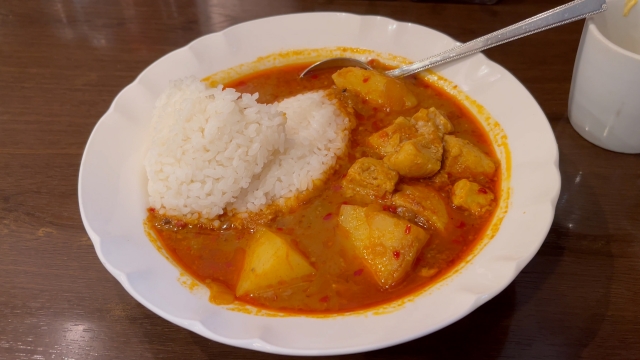
The Kanda area of Tokyo is home to many specialty curry restaurants, each serving a unique curry.
You can enjoy a wide variety of curries throughout the area, from spicy Indian to European styles.
Each restaurant uses its own mix of spices and cooking methods that take time and effort.
Curry Udon (Aichi Prefecture)
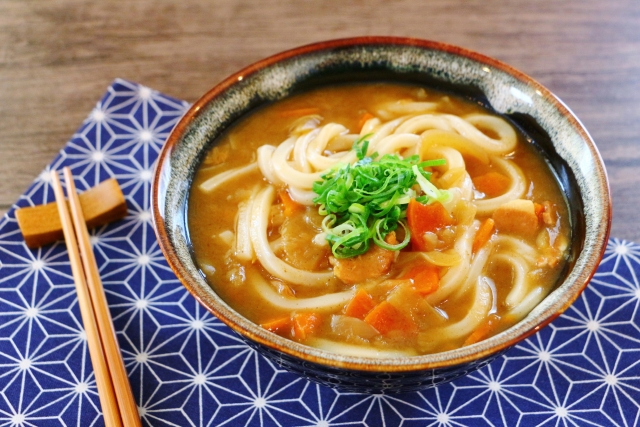
The dish is a fusion of Nagoya's unique food culture and curry.
The curry clings to the thick udon noodles for a pleasantly rich, spicy flavor.
Curry base is combined with udon broth, simmered with vegetables and meat, and served with udon noodles.
Miyazaki Chicken Nanban Curry (Miyazaki Prefecture)
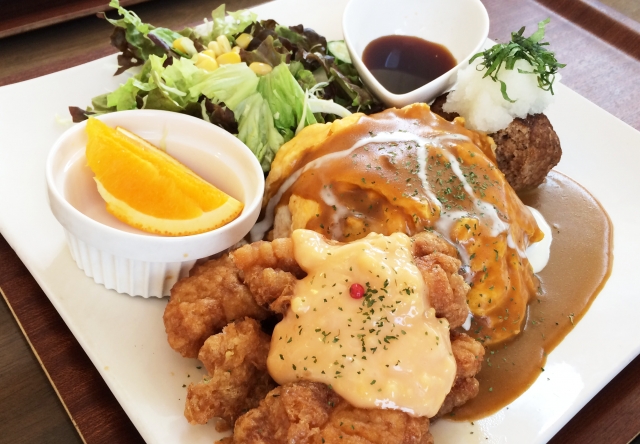
This dish combines Miyazaki's famous chicken nanban (fried chicken with tartar sauce) and curry.
The flavors of sweet vinegar and tartar sauce pair perfectly with curry.
The curry is prepared by making chicken nanban and placing it on the curry with tartar sauce on top.
Summary
Japanese curry not only adds color to everyday meals, but also showcases the richness of the country's food culture through its diverse variations.
Through Japanese curry, we hope people from different cultural backgrounds can experience and enjoy a glimpse of Japanese culture.
”Click here for a list of restaurants offering this item.”
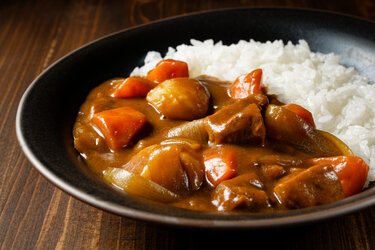
Search Restaurants by Popular Cuisines





